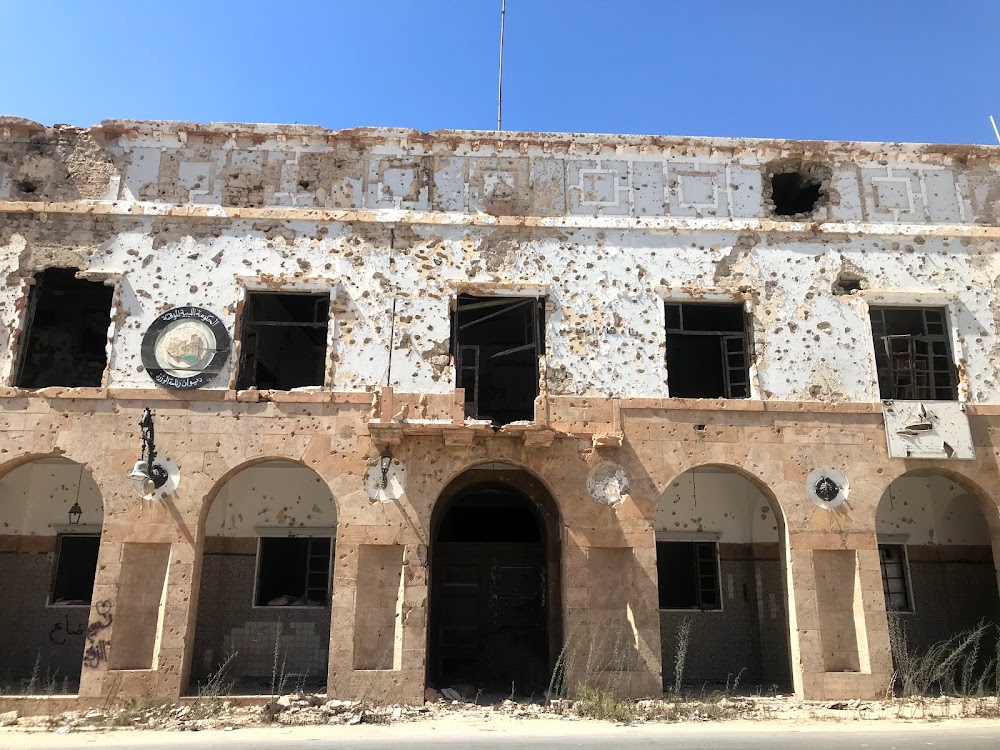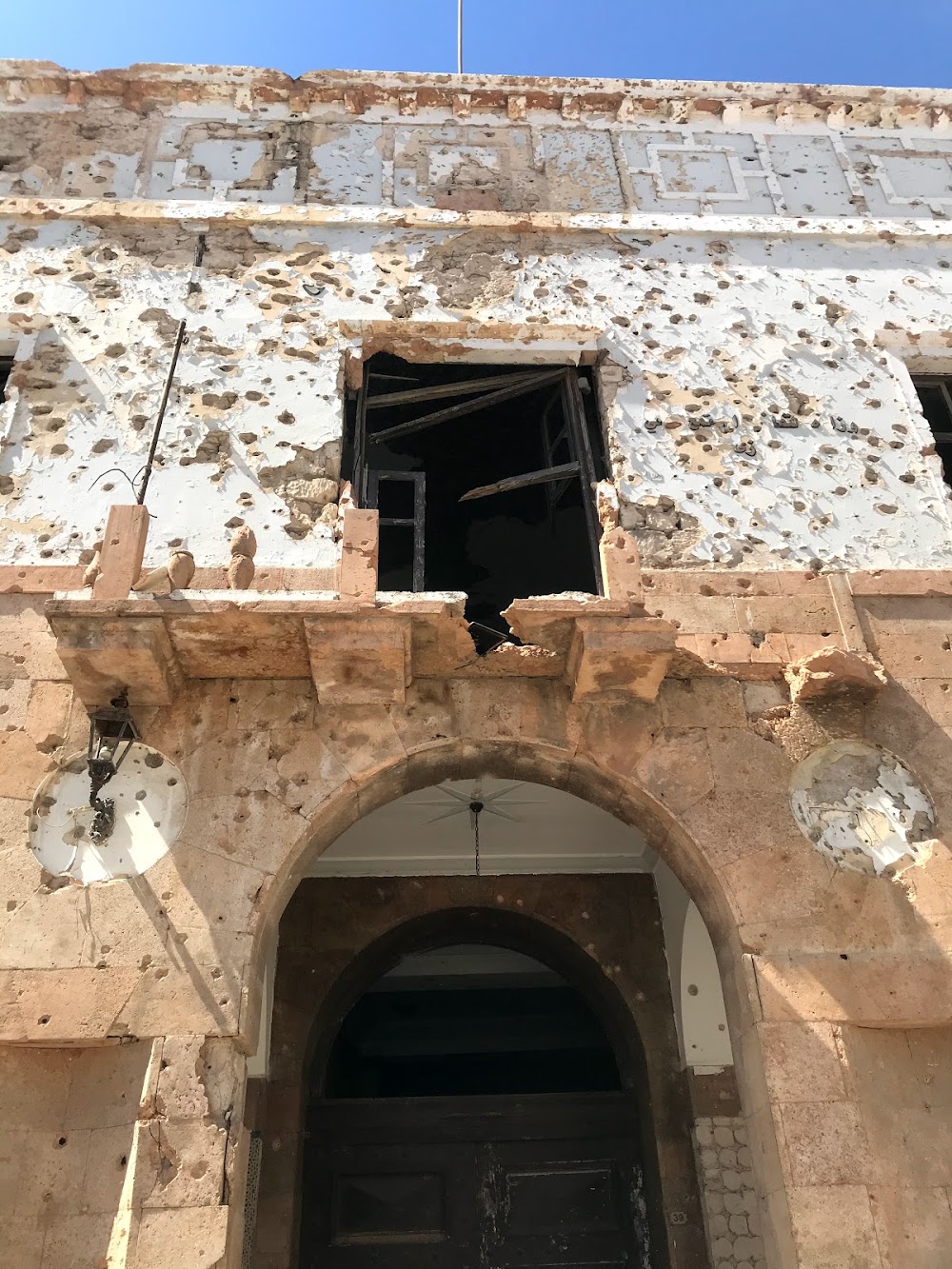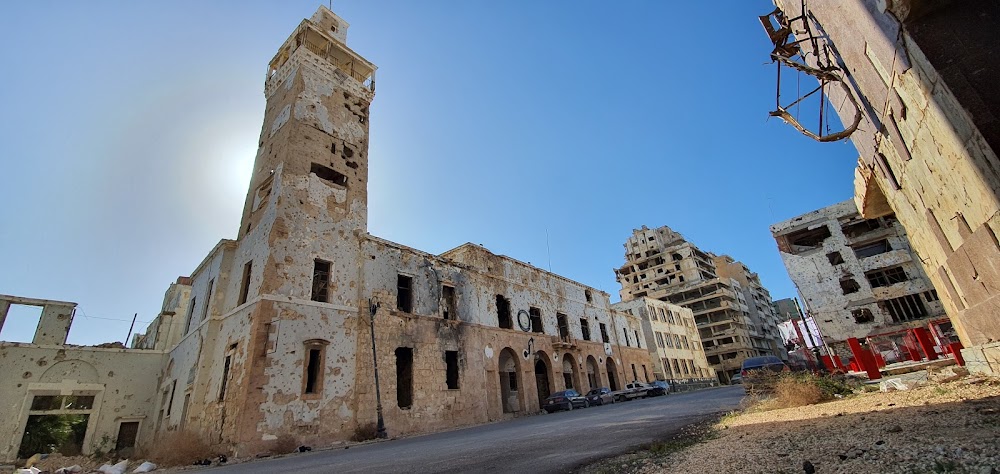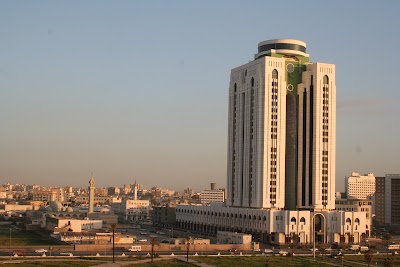Al Manar Royal Palace (قصر المنار الملكي)
Overview
El-Manar Palace: A Historical Jewel in Benghazi
El-Manar Palace, also known as Al Manar Royal Palace, stands as a significant historical landmark in the vibrant city of Benghazi, Libya. Constructed in the early 20th century, specifically around 1929, this architectural marvel was initially designed as a government administrative building for Italian officials during Libya's colonial period. Its grand presence in the city is a testament to its historical importance and cultural significance.
Architectural Splendor
The design of El-Manar Palace beautifully showcases a blend of European and Moorish influences. Visitors are greeted by grand arches, intricate stucco work, and elaborate domes that reflect the exquisite craftsmanship of the era. Local materials like limestone and marble were skillfully utilized, enhancing the palace's magnificence and longevity. The intricate patterns that adorn the walls combine traditional Islamic motifs with classical elements, creating a stunning visual experience that speaks to the artistry of the time.
Interior Elegance
Step inside, and you'll find the interior equally captivating. The spacious rooms boast high ceilings and large windows, providing a cooling effect in the hot desert climate and flooding the interiors with natural light. Decorative tiles and mosaics grace the floors and walls, while beautifully carved wooden doors lead to various rooms, each telling its own story. The design creates a bright and welcoming atmosphere, inviting visitors to explore its rich history.
The Royal Era
Following World War II, Libya embarked on its path to independence. In 1951, when the Kingdom of Libya was established, King Idris I selected El-Manar Palace as his official royal residence, further elevating its status. During this era, the palace became a focal point for political events and royal ceremonies, hosting numerous dignitaries and state functions. King Idris commissioned luxurious furnishings and artworks that celebrated Libya’s rich heritage, transforming the palace into a symbol of national pride and cultural identity.
A Modern Transformation
Today, El-Manar Palace retains its historical significance, although it is no longer a royal residence. Over the years, it has been repurposed multiple times, serving as a museum, a cultural center, and even the campus for the University of Benghazi. Each transformation has added layers to its history while preserving its architectural splendor, making it a living testament to Libya's evolving narrative.
A Must-Visit Landmark
El-Manar Palace continues to attract both tourists and locals, drawn by its majestic architecture and storied past. Visitors can stroll through the hallways where kings once walked, marvel at the stunning period details, and envision the significant events that unfolded within its walls.
In summary, El-Manar Palace is a beloved landmark in Benghazi, embodying the city’s historical journey from a colonial outpost to a proud, independent nation. Its enduring beauty and rich cultural heritage make it a treasured monument worth exploring for anyone visiting Libya.







